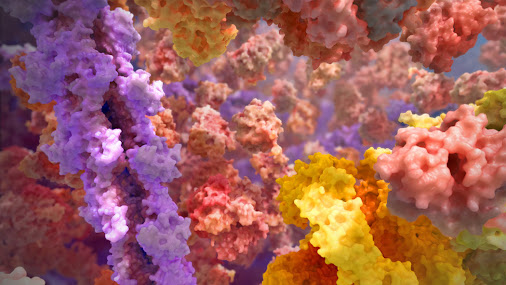Here's a great wall decal featuring a beautiful image from deep space
tagged with: ring nebula, planetary nebula, hubble, astronomy, nebula photo, nasa, outer space, hubble space telescope, nature, cool space, nebula, nebulae, m57, esa, universe, hubble telescope, hubble photo, cosmos, astronomical, astrophotography, cosmology, space photo, space picture, space image, deep space, space, natural, science, abstract, orange, ring, oval, round, cool astronomy Hubble photograph of the Ring Nebula
This is an image of the oval-shaped Ring Nebula, situated around 2000 light years from Earth. It was taken by the Hubble Space Telescope in 1998, and shows orange and yellow outer areas around a blue-green centre.
Credit: Hubble Heritage Team (AURA/STScI/NASA/ESA)
You can personalise the design further if you'd prefer, such as by adding your name or other text, or adjusting the image - just click 'Customize it' to see all the options.
IMPORTANT: If you choose a different sized version of the product, it's important to click Customize and check the image in the Design view to ensure it fills the area to the edge of the product, otherwise white edges may be visible.
See more in my shop If you like this product, you can find more like it in my store:
Click here to view all the other items with this design.
Click here to see a wide range of other astronomy & space designs.
»visit the
AstronomyGiftShop store for more designs and products like this
Click to customize.
via
Zazzle Astronomy market place
